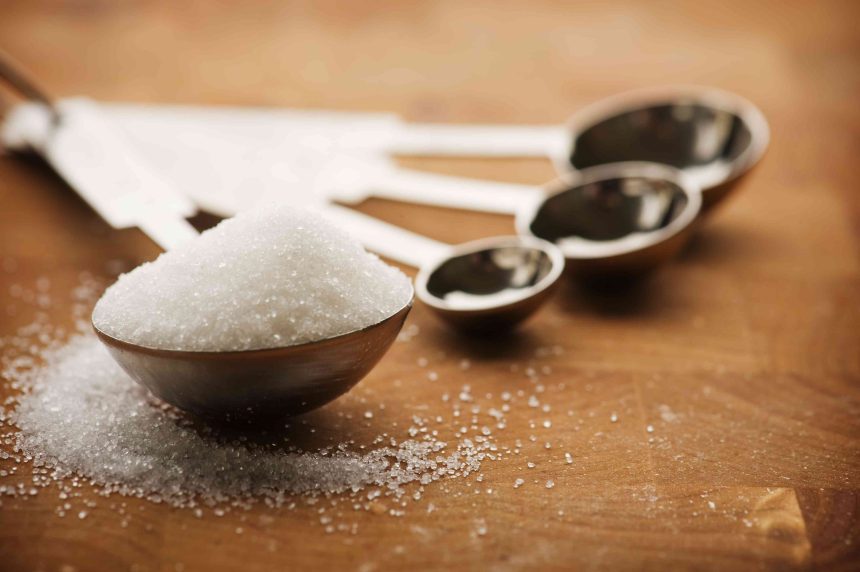There are so many kinds of sugar on supermarket shelves that it can be confusing. What should the different types be used for? Which ones are similar and when can you sub one for another? It’s helpful to understand the varieties, since each type and grain size has unique talents for creating certain confections and drinks. Here’s a rundown, from the most common to less well-known.
Granulated
Cavan Images / Getty Images
This is what most people think of as “regular” or white sugar. Granulated sugar is the refined white type your neighbor would ask to borrow a cup of. In addition to sweetening tea and coffee, it’s the go-to for most baking projects—the sugar most often called for in our recipes.
Superfine Sugar
EyeEm Mobile GmbH / Getty Images
Also known as castor sugar (particularly in the U.K.), this refined, white sugar variety is made up of smaller crystals than granulated sugar. These crystals dissolve quickly, even in icy beverages. That’s why superfine sugar is perfect for stirring into cocktails or whipping into meringues.
Confectioners’ Sugar
Confectioners’ sugar is granulated sugar that’s been ground to a talc-like consistency; to avoid clumping, many store-bought versions also add cornstarch to their confectioners’ sugar. “The fine particles dissolve well, so it’s ideal for icings and frostings; we also dust it over many sweets as decoration,” says assistant food editor Riley Wofford.
Brown Sugar
Actually refined sugar with molasses added back to it, brown sugar adds richness and depth to baked sweets. It comes in light and dark varieties, but they’re interchangeable in most recipes—it just depends on how much molasses flavor you want.
Raw Sugar
This term covers a broad range of less-refined sugars that retain more molasses than granulated sugars. Raw sugars include dark, flavorful types like muscovado and coarser, lighter ones such as turbinado (a common brand is Sugar in the Raw), which add texture to the outsides of pie crusts and cookies.
Sanding Sugar
A “finishing” sugar, it has large crystals that don’t melt in high heat and comes in white and a rainbow of colors; you can choose between fine and coarse grains. Sprinkle it on scones, muffins, and other treats to give them a festive shimmer and crunch.







